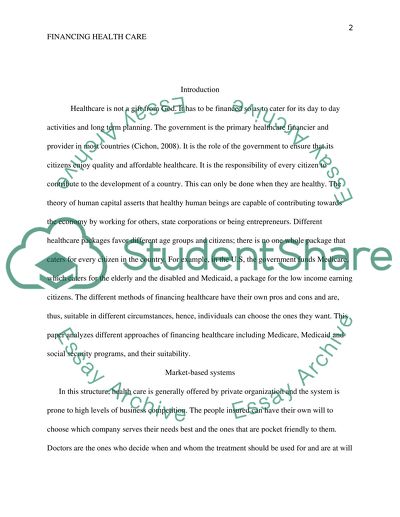Cite this document
(“Financing health care Research Paper Example | Topics and Well Written Essays - 2250 words”, n.d.)
Retrieved from https://studentshare.org/miscellaneous/1592556-financing-health-care
Retrieved from https://studentshare.org/miscellaneous/1592556-financing-health-care
(Financing Health Care Research Paper Example | Topics and Well Written Essays - 2250 Words)
https://studentshare.org/miscellaneous/1592556-financing-health-care.
https://studentshare.org/miscellaneous/1592556-financing-health-care.
“Financing Health Care Research Paper Example | Topics and Well Written Essays - 2250 Words”, n.d. https://studentshare.org/miscellaneous/1592556-financing-health-care.


